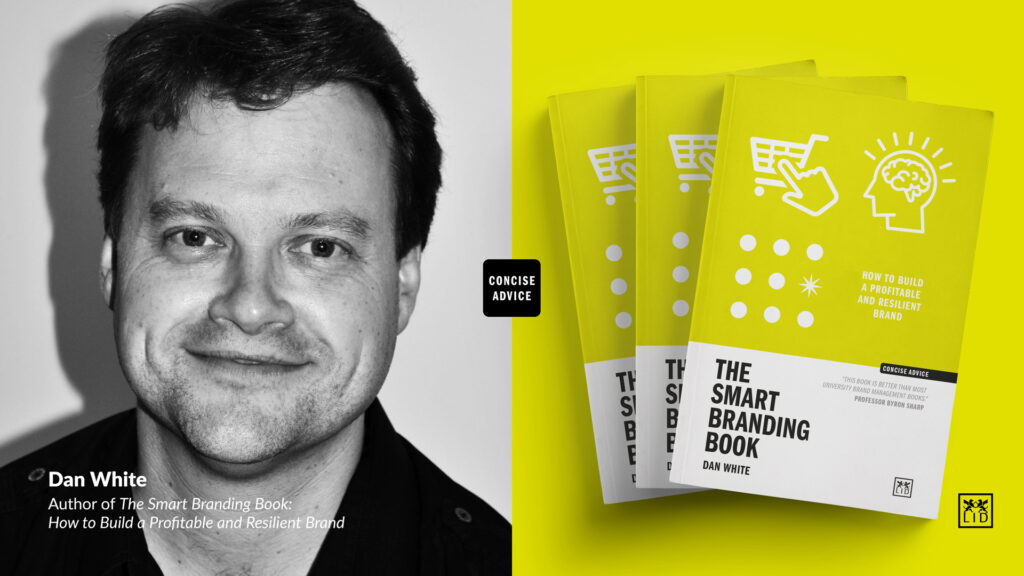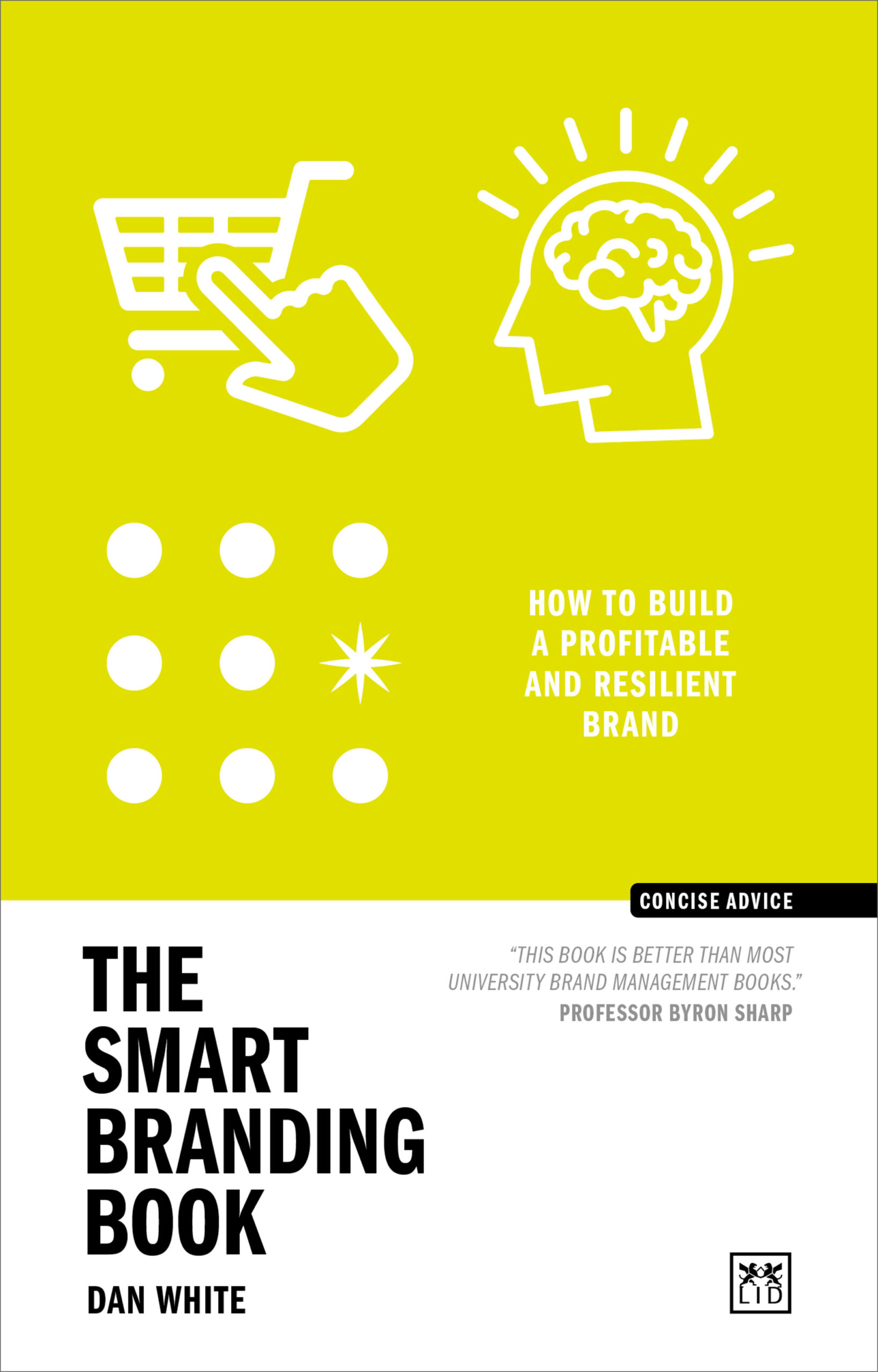|
How to Market a Brand Globally? with Dan White
How to Market a Brand Globally? with Dan White

By Guest Contributor Dan White
Author of The Smart Branding Book, Dan White, shares how you can effectively establish your brand in the global market.
For a brand to succeed internationally, it usually needs to tailor its product and communications to local markets. If you browse the top ten programmes on Netflix by country (top10.netflix.com), you’ll see little overlap between the most popular content in the US and India, for example. Netflix excels at providing high-quality content and a great user experience but the content it promotes varies by market.
A brand’s global growth opportunity depends on whether people in different countries have similar needs, priorities and preferences related to the category. What, when and with whom people eat varies hugely by culture – whereas people’s use of mobile phones is relatively similar the world over. This explains why the food and drink brand Knorr has different ranges of products in different regions. Samsung, however, can launch the same models across many markets and use similar advertising.
Brands that succeed globally tend to have an offer that is universally relevant. Take IKEA, for example. People all over the world need to furnish their houses and they want them to look as stylish as possible, without breaking the bank. IKEA’s approach has proven effective in 60 countries. Flat-packed furniture means low production and transportation costs and a better deal for customers prepared to pick up an allen key. IKEA began in Sweden in the 1950s and expanded at a rate of approximately one new country per year. The offer was strong enough for the brand to be an instant success in almost every case. The stores’ ingenious layout contributed to the brand’s success.

Some brands take a lot longer before they thrive in overseas markets. The chocolate snack Kit Kat, created by the UK company Rowntree’s and now produced by Nestlé, was launched in Japan in 1973 but only took off in the mid-2000s. By 2014 it had become the country’s top-selling confection. Success came from leveraging two cultural phenomena.
Omiyage is the tradition of travellers bringing home local delicacies as gifts. Kit Kat saw an opportunity to draw on this custom, and create interest in a category devoid of innovation, by producing flavour variants inspired by the cuisines of Japan’s different regions. In 2000, a strawberry Kit Kat was launched exclusively in Hokkaido, a popular holiday destination. It was a big hit. Since then, there have been more than 300 variants – mainly regional, seasonal or limited editions. The desire to try these variants, like collecting rare Pokémon, is amplified by the ‘scarcity bias.’ (see https://en.wikipedia.org/wiki/Scarcity_(social_psychology).

Omamori are lucky charms sold at Shinto shrines and Buddhist temples. ‘Kit Kat’ is pronounced ‘kitto katto’ in Japanese, which as it happens sounds like kitto kastsu, a phrase meaning ‘you will surely win.’ Nestlé found that Kit Kat sales spiked every January because parents gave the snack to their children before their exams to wish them good luck. This inspired Nestlé to promote the brand as a token of good fortune (see Section 6.5 of my book – The Smart Branding Book). Nestlé’s success in Japan has encouraged greater innovation within the KitKat brand in other markets.
Nappy brand Pampers shows how a brand can have a consistent global positioning but tailor its messaging to local markets.

Pampers had become a market leader in many Western markets by focusing on the product’s superior dryness and comfort. In the West, parents see these as priorities for keeping their baby happy and healthy. In China, however, this messaging is less effective. Following a couple of false starts, Pampers took off in China in 2007, nine years after launch. Market research revealed that the quality of a baby’s sleep, and its impact on child development, is more important to Chinese parents. This inspired the highly effective “Golden Sleep” advertising. The campaign highlighted clinical research proving that Pampers enables babies to get a better night’s sleep. It featured a photomontage of babies sleeping that broke records in terms of the number of photos included. According to David Aaker (2013), the campaign resulted in a 55% sales increase.
ABOUT THE AUTHORS
 Dan White is a trainer and consultant who has worked in the marketing and branding sector for over 30 years. He was previously Head of Expertise and MD of Corporate Development at Kantar and is the author of The Soft Skills Book, The Smart Marketing Book and The Smart Branding Book (all published by LID). He is based in the UK.
Dan White is a trainer and consultant who has worked in the marketing and branding sector for over 30 years. He was previously Head of Expertise and MD of Corporate Development at Kantar and is the author of The Soft Skills Book, The Smart Marketing Book and The Smart Branding Book (all published by LID). He is based in the UK.
Suggested Reading
 The Smart Branding Book presents in a concise fashion the latest thinking and methods for successful branding. Clear and accessible, it contains real-life examples from business, practical frameworks, and inspiring illustrations. It explains what branding really is, why a brand is so critical to success in business, and how to maximize the growth of your current and future products/services through branding.
The Smart Branding Book presents in a concise fashion the latest thinking and methods for successful branding. Clear and accessible, it contains real-life examples from business, practical frameworks, and inspiring illustrations. It explains what branding really is, why a brand is so critical to success in business, and how to maximize the growth of your current and future products/services through branding.
More information
